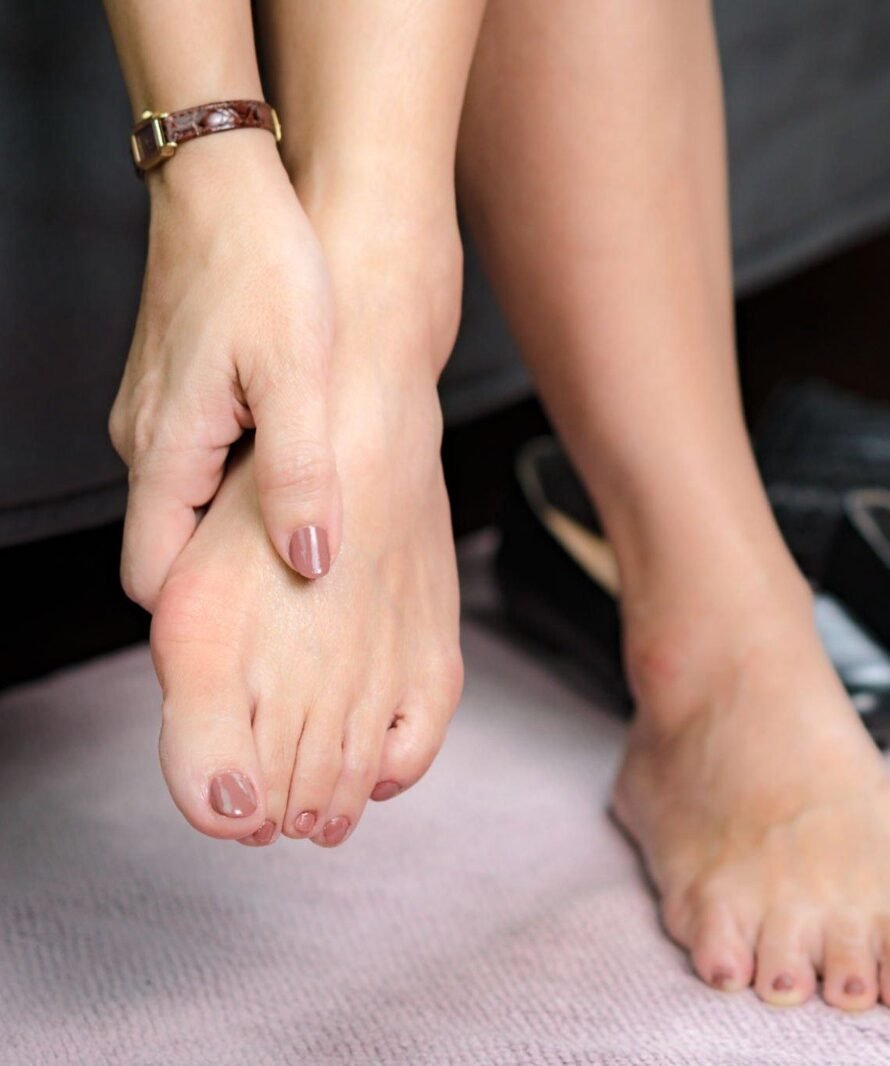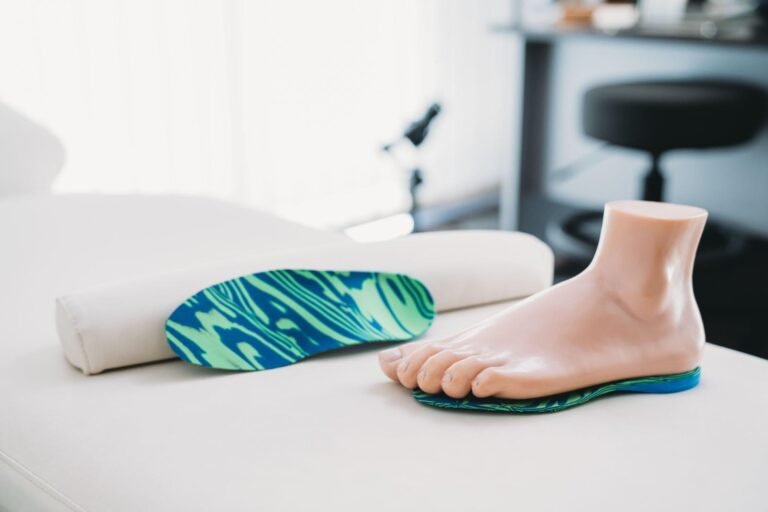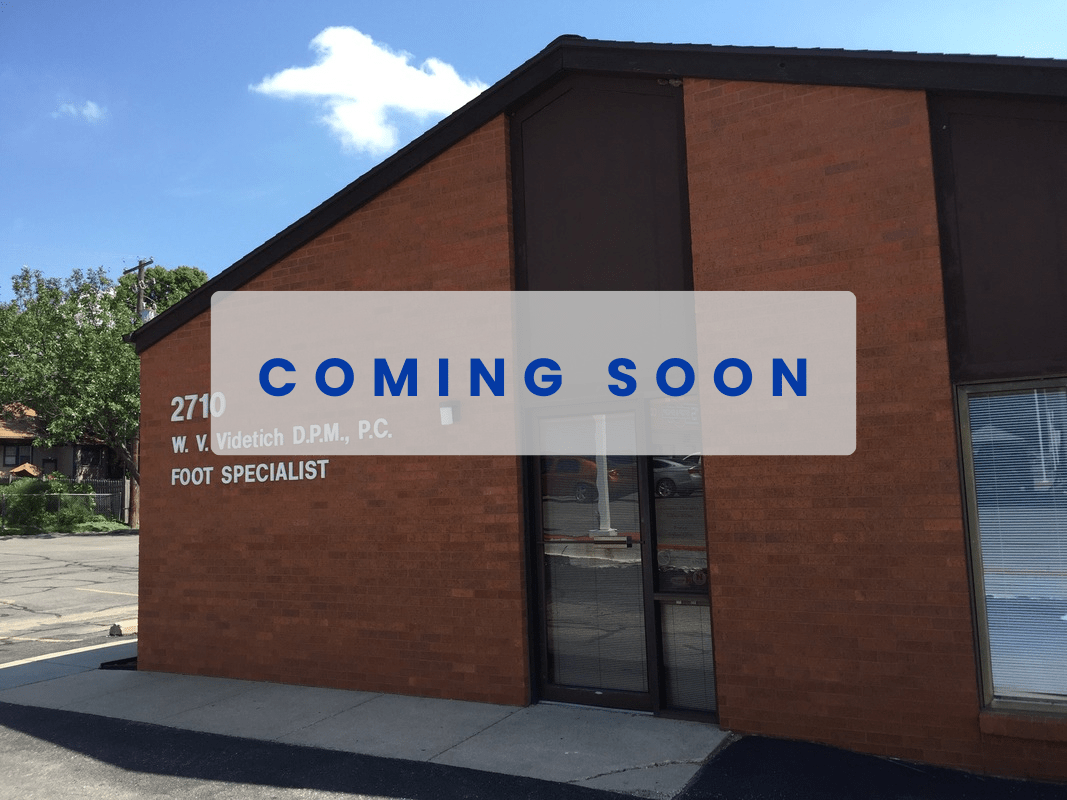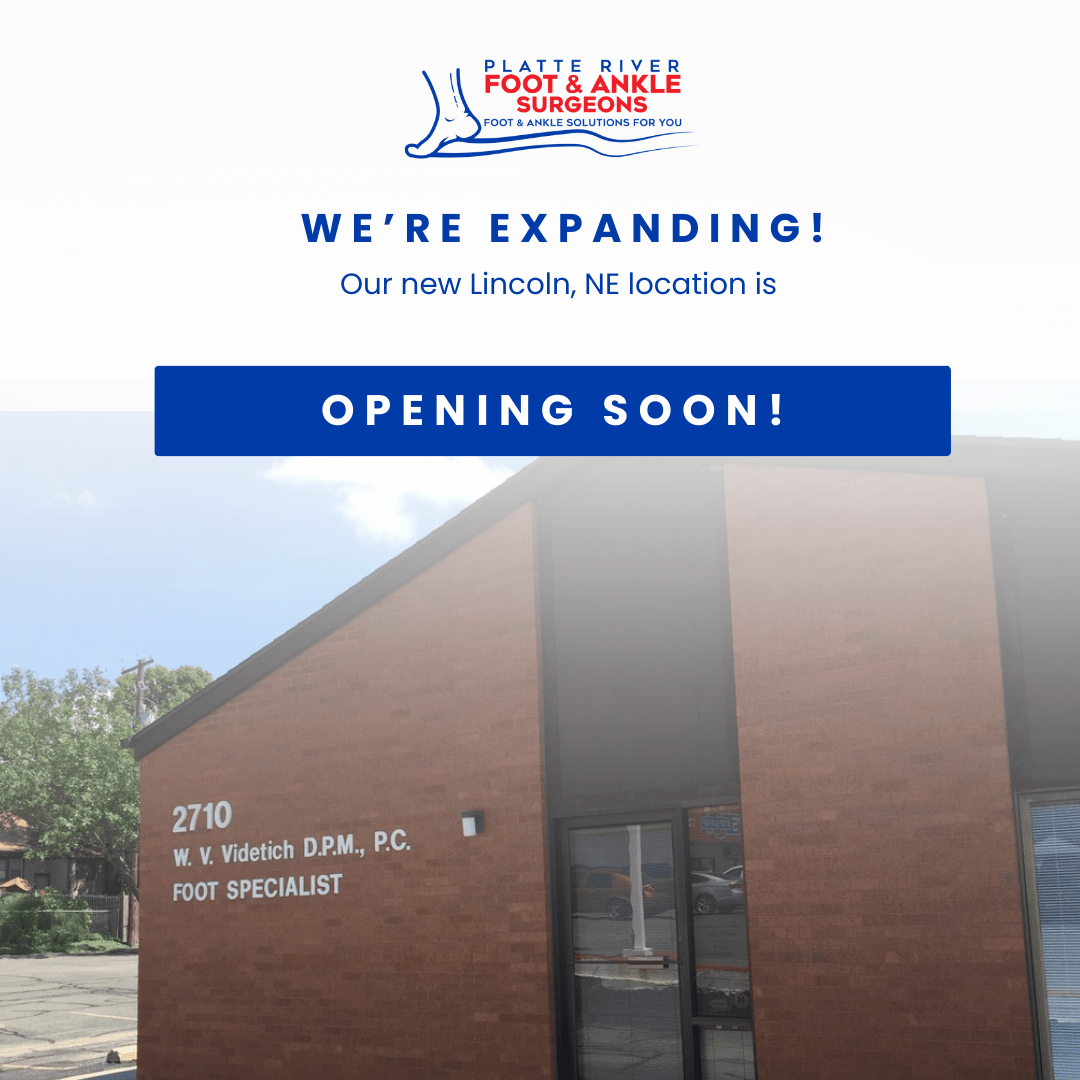BUNIONS

Embarking on Bunion Care: Expert
Guidance for Comfortable Steps
Embarking on Bunion Care: Expert Guidance for Comfortable Steps
BUNIONS Q&A
WHAT CAUSES BUNIONS?
Bunions are often caused by a combination of genetic factors and footwear choices. Inherited structural foot issues can make individuals more prone to developing bunions. Wearing tight or ill-fitting shoes, especially those with narrow toe boxes, can exacerbate the condition. Additionally, inflammatory conditions and foot stress may contribute to bunion formation.


WHAT IS A BUNION?
A bunion is a bony deformity that forms at the base of the big toe, causing the joint to protrude and the toe to angle towards the smaller toes. This often results in pain, swelling, and difficulty wearing certain shoes. Bunions can vary in size and severity. In some cases, they may be relatively small and cause minimal discomfort, while in others, they can be larger, more painful, and affect daily activities.

WHAT ARE MY TREATMENT OPTIONS FOR BUNIONS?
A Bunion treatment aims to alleviate symptoms, explore bunion treatment options, including non-surgical methods like orthotics, changes in footwear, or surgical intervention for severe cases.

DO BUNIONS GO
AWAY?
Bunions typically do not disappear on their own; however, various treatments can alleviate symptoms, and surgery may be considered.

WHAT ARE MY SURGERY OPTIONS FOR BUNIONS?
Explore bunion surgery options, considering procedures like bunionectomy or osteotomy for effective correction and relief from discomfort.

WHAT IS RECOVERY LIKE FROM BUNION SURGERY?
Recovery from bunion surgery involves postoperative care, pain management, and gradual return to normal activities, varying in duration and discomfort.

WHAT IS 3-D BUNION CORRECTION?
3-D bunion correction involves using advanced techniques to surgically address bunions, focusing on three-dimensional correction for improved results.

WHAT IS MINIMALLY INVASIVE BUNION SURGERY?
Minimally Invasive Bunion Surgery is a procedure using small incisions to correct bunions with reduced tissue disruption for quicker recovery.
WHO SHOULD I SEE FOR MY BUNIONS?
Consult a podiatrist or orthopedic specialist for bunions. Our professionals at Platte River Foot and Ankle specialize in foot and ankle issues, offering expert diagnosis and treatment options. Seek their guidance to address bunion-related concerns, ensuring comprehensive care tailored to your specific needs.


DO ORTHOTICS CORRECT BUNIONS?
Orthotics can alleviate bunion-related discomfort by providing arch support and redistributing pressure on the foot. While they may not correct the bunion deformity, they can help manage symptoms, enhance comfort, and potentially slow down the progression of the condition. Consult our healthcare professionals for personalized advice.
Minimally Invasive Bunion Surgery

Bunions






